“Even the most expensive road safety features are worthwhile. They are only paid for with money.”
The words in the E21-generation BMW 3-series brochure are underlined. It’s not so much subtext as spelled out in enormous neon script.
Later, more underlined text. “The striving for perfection in a motor car is not necessarily cheap, but it is worthwhile.”
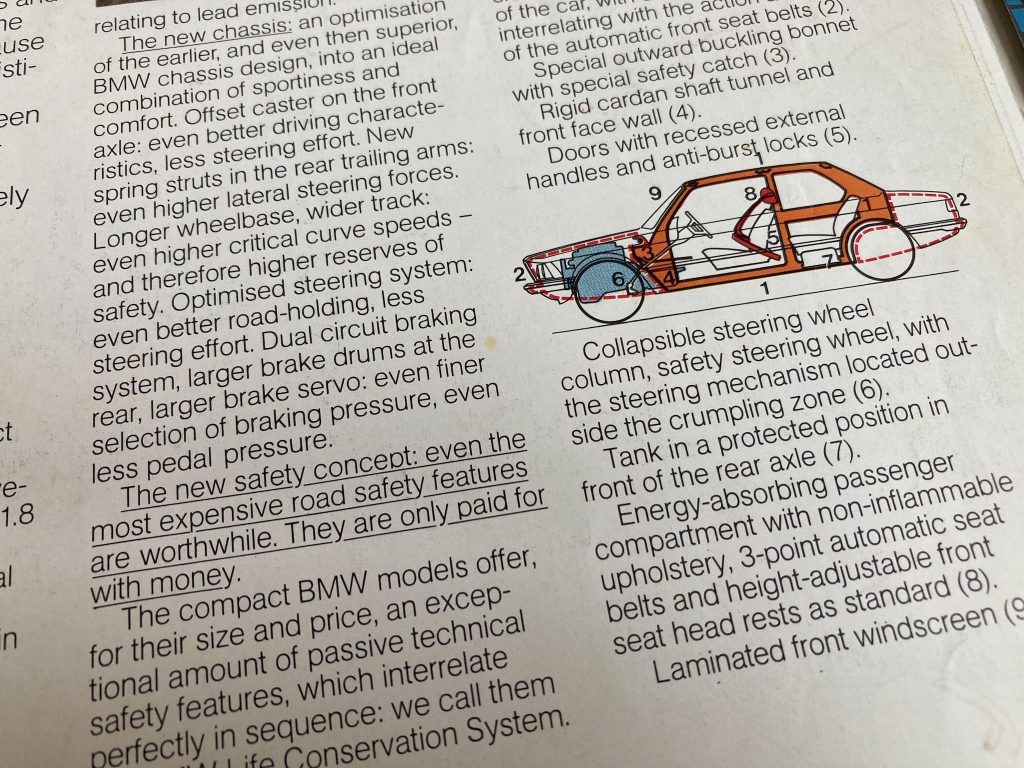
They are two of my favourite lines in a car brochure. BMW is making abundantly clear that you might be paying through the nose for your small, kidney-grilled saloon, but you’re damn well getting a better car because of it.
The sentiment is echoed in BMW’s E12 5-series brochure from around the same time, while Mercedes-Benz, in its 1986 literature for the handsome W201 190D, has a similar message. “Top-quality performance does not, of course, come cheap” it says. “But with the 190 diesel models you can count on the best possible return on your investment.”
This assurance to the prospective customer that a car was demonstrably better than its competition used to be a central tenet of car brochures.
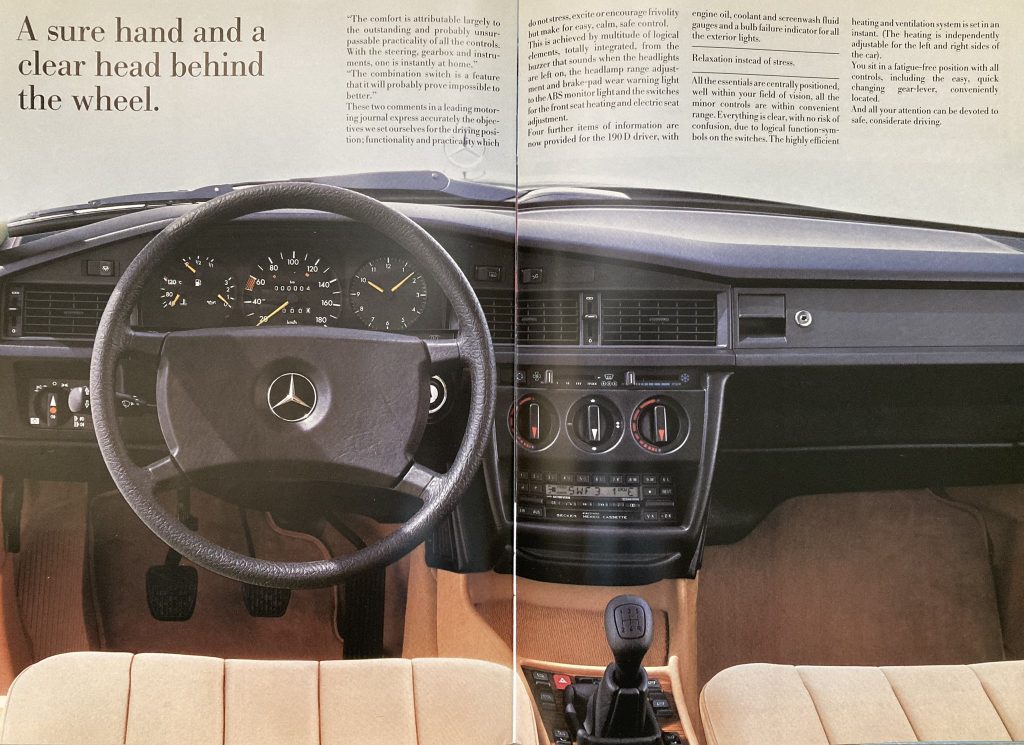
Flip open most Citroën leaflets from the 1950s through to the 1990s and you’d see several paragraphs on how the company’s hydropneumatic suspension was unrivalled for its bump absorption. Saab would tell you how its cars were safe not just for their crash performance, but because every control was designed to be easy to operate, and its refinement made long-distance driving easier. And the Germans would assure you that your considerable outlay was well-spent on considerable engineering.
It’s a brand of self-assurance and assumed customer education nearly absent from modern brochures – if you can find them at all. Not only have physical brochures nearly disappeared from car dealerships – removing that kids’ right of passage, scooping up a dozen brochures while your parents do the boring car-buying bit, apart from anything else – but increasingly few manufacturers even offer a downloadable PDF, and those that do make you input your name, address, and your first pet, ready to hold onto your personal details for as long as GDPR regulations allow.
Journalistic colleagues have been complaining about the latter for a while now, since a good brochure and price list was one of the last bastions of reliable, easily-digestible technical information on a car, a useful basis for factual reporting. Whether you wanted to see how much a carmaker charged for heated seats, or wanted to double-check the cubic capacity of a particular model’s engine, the brochure was a one-stop shop that allowed for quick and easy comparison across, say, a model range or with a competitor car.
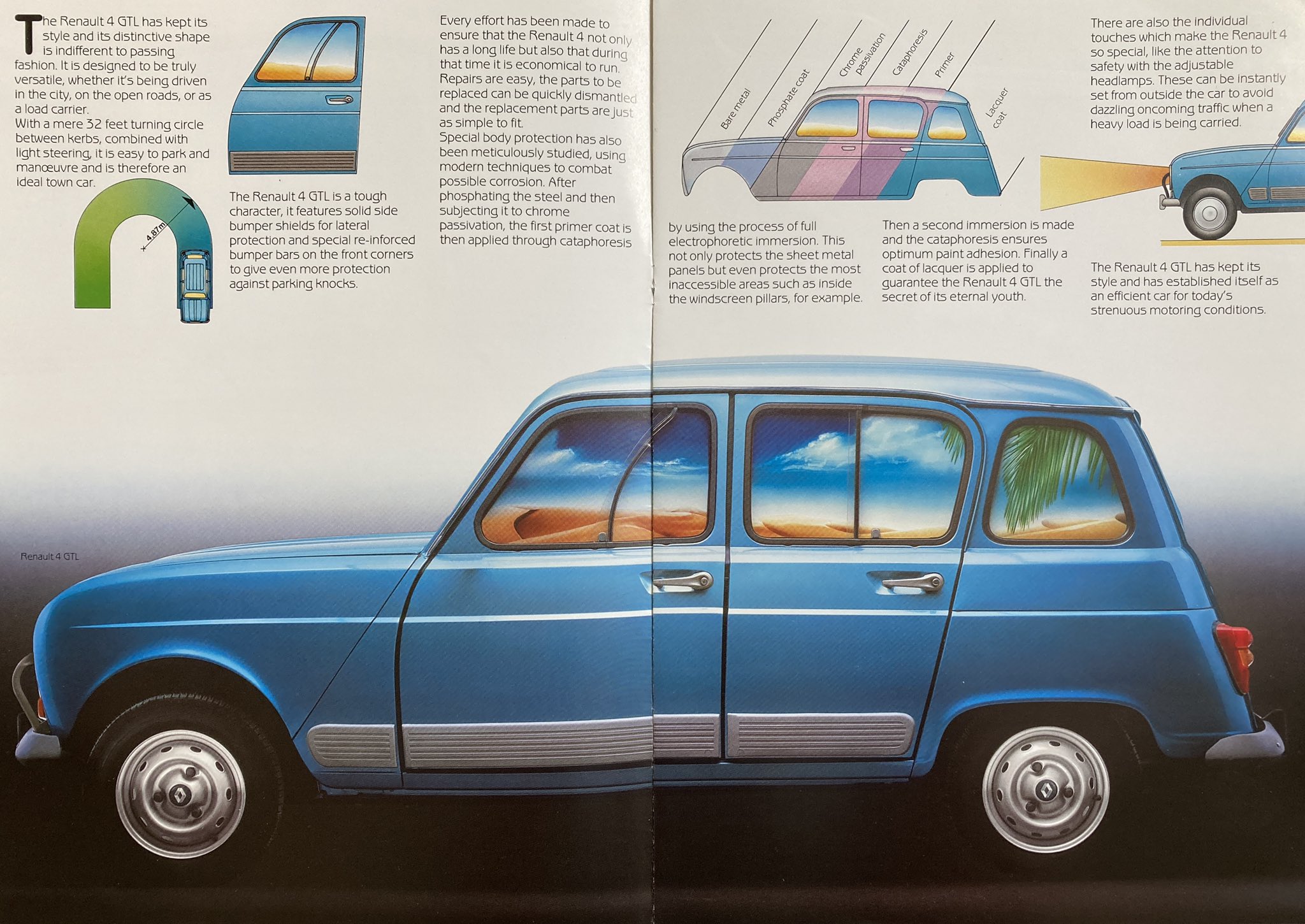
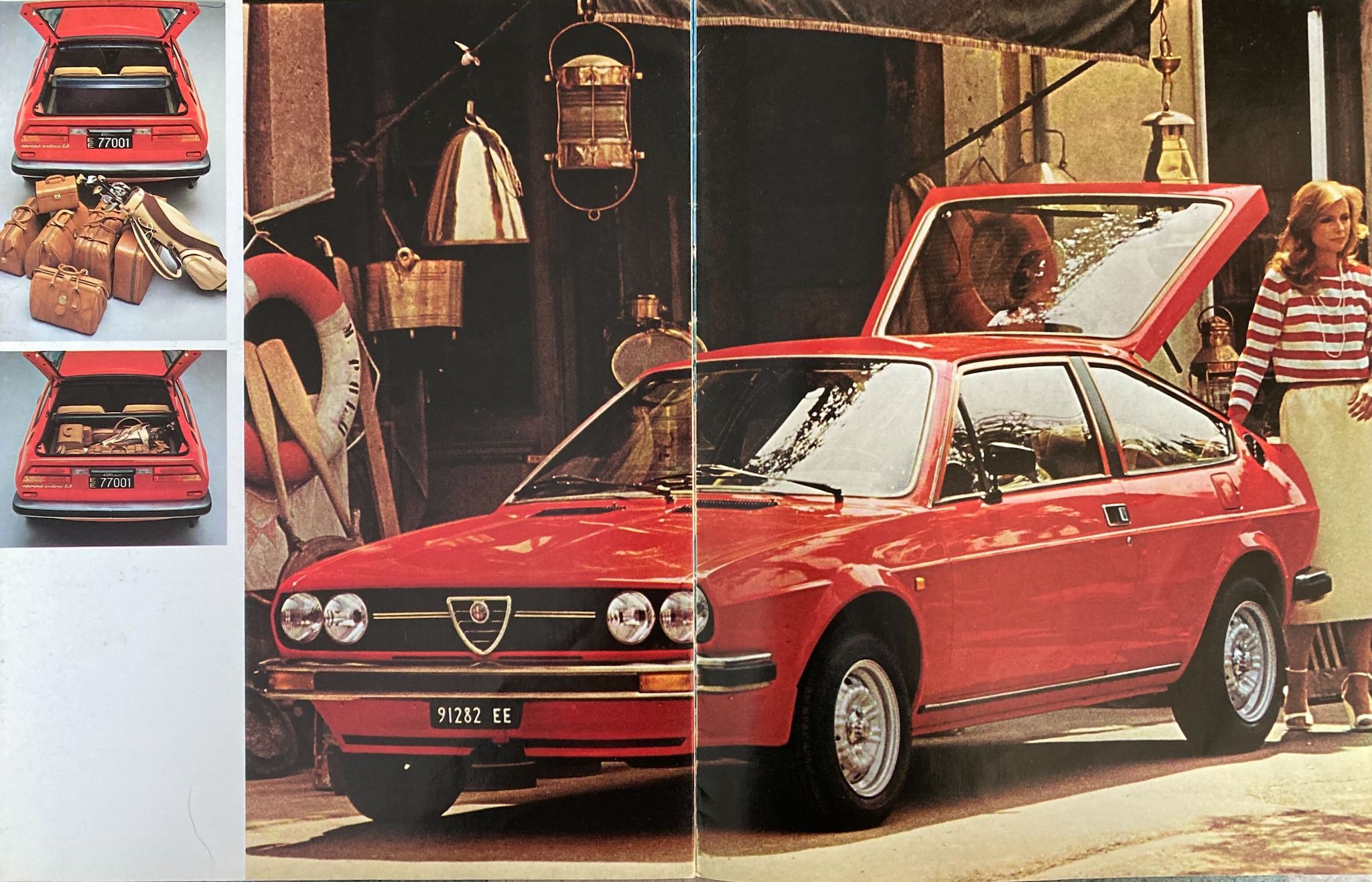
Today, most of that information is locked away in online configurators, or behind unnecessarily complex and flashy websites, in an ironic but equally annoying parallel with the visually jarring touchscreens that most manufacturers now push on customers.
That’s the other problem. When you do find a brochure today, the information contained within is barely worth absorbing. Page after page on how an infotainment system will apparently make your life better, a few more pages of a well-dressed but bored-looking thirty-something staring out of a café window waiting for electricity to trickle into their EV of choice, and then a few more pages still on colour and trim which, this being 2022, is usually a choice of eight shades of silver, and six shades of off-white for the cabin.
What you do not get, which older brochures show in abundance, is people who actually look like their lives are being enriched by the car in question. It’s all very clearly staged and always has been, but I’d much rather see people dragging climbing gear out of a brightly-coloured estate, or frolicking on the beach beside a convertible, or dropping expensive-looking shopping into the boot of a sleek Italian coupé. They’re selling a dream, not simply a product.

People have complained forever that all cars look the same but they’ve always been talking out of their bottoms. There might, however, be a kernel of truth in the idea that we’re approaching a kind of automotive singularity, where you can expect more or less the same experience from almost any car, and perhaps that leaves little room for creativity or differentiation in a brochure.
A brochure used to highlight how a particular engine or significant increase in refinement, safety, or handling prowess would be a genuine improvement on its predecessor or the competition. But we’ve had diminishing returns with refinement, reliability, or the fundamentals of handling for a while now, and the gap between attributes that used to be unique to certain marques has shrunk too.
Your Citroën probably rides little better than your neighbour’s Kia for instance, so that’s two pages of brochure copy you aren’t going to read about. A BMW 1-series is no less affordable, thanks to PCP deals, and objectively little better, thanks to the march of progress, than a Vauxhall Astra. The days of “we’re expensive but we’re better” are long gone.
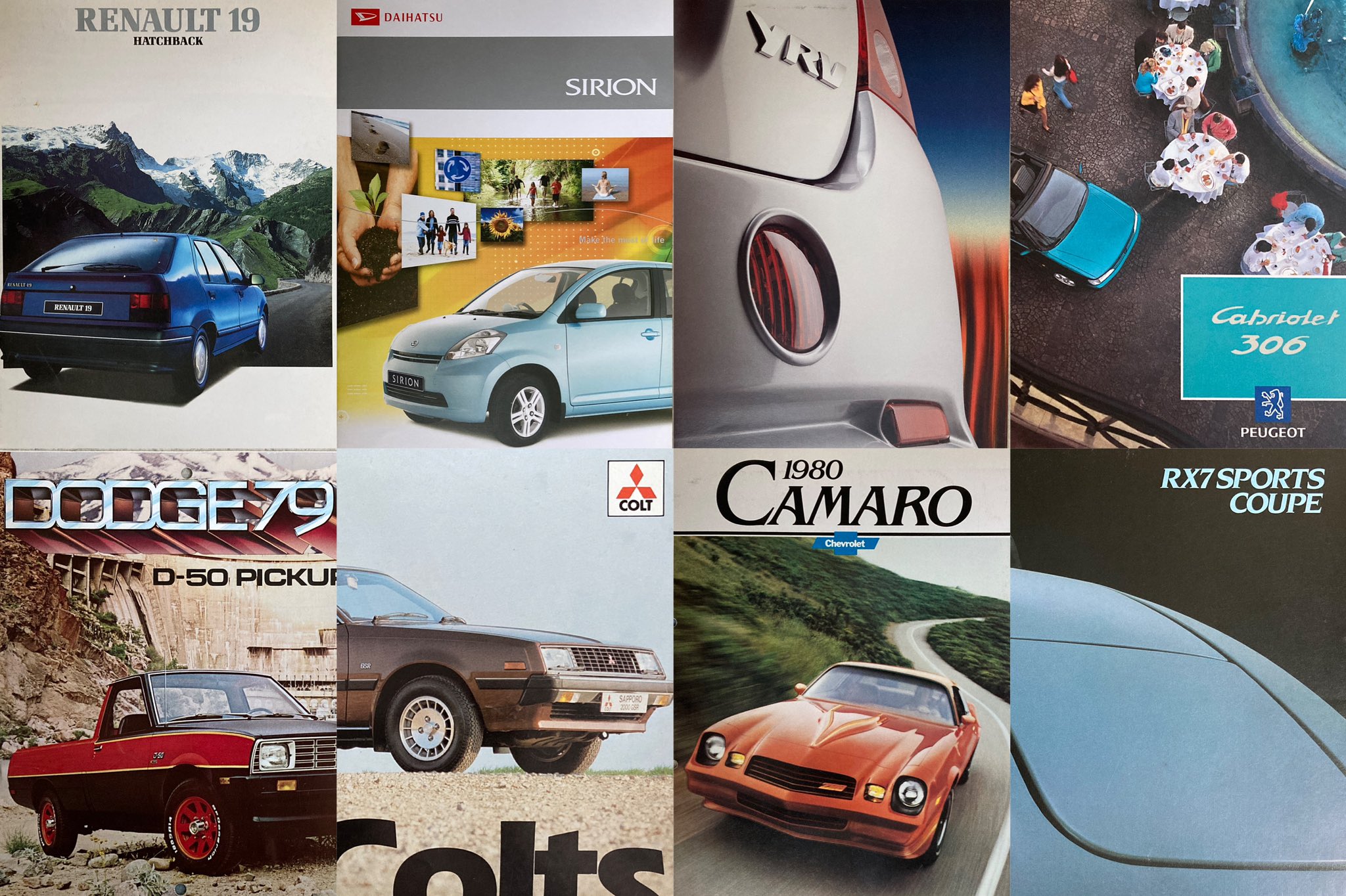
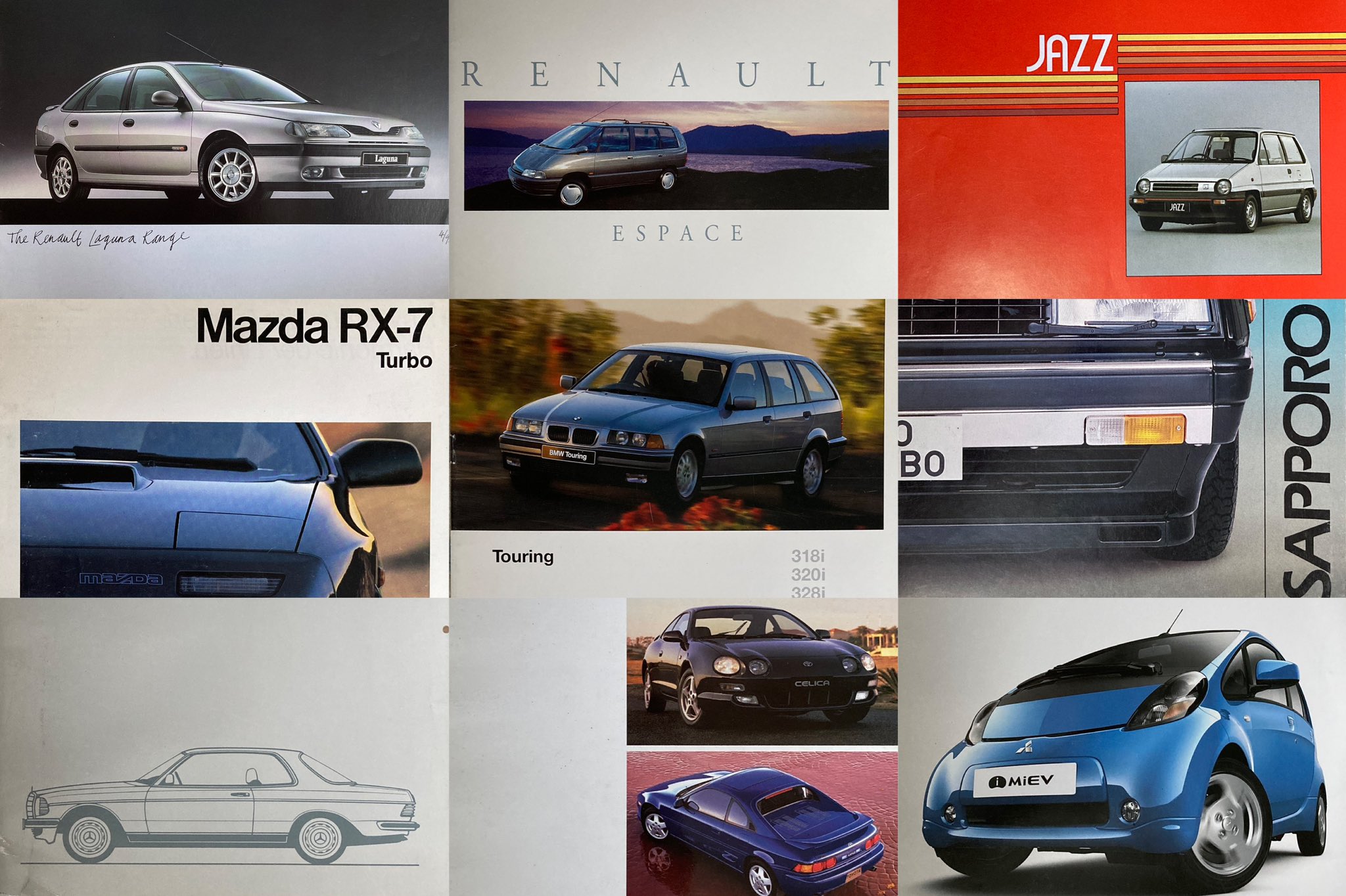
And why put your car in a quirky scenario to show off what you could do with it, when almost every car is some kind of compact crossover and yours will offer no more or less ‘lifestyle’ than anyone else’s? The battleground is now how much driving you don’t need to do, and how many screens you can gawp at while you’re not doing it.
Thankfully, the likes of eBay, and enormously popular shows like the Beaulieu Autojumble – at which I picked up another 20-odd brochures recently – have made it very easy to find these glorious tomes from the past, even if their newer counterparts have fallen by the wayside. Online prices can feel a bit rich but do make them easy to find, while at the Autojumble some acquisitions cost me as little as 50p, so it doesn’t have to be an expensive hobby.
We’d love to see truly creative and compelling brochures make a comeback, and inspire and inform future enthusiasts and collectors in the same way they have for decades. The sad reality is there’d be little worth reading in them if they did – but at least we’ve got those old brochures as the perfect accompaniment for the cars they helped sell in their day.
Read more
Perfect poster art: A veteran collector’s guide to getting started
Read all about it: The rise of the £450 bike brochure collectors are going wild for
A shedload of surprises: Discovery of huge fuel can collection reveals 500 rare artefacts


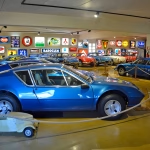







Being a Disabled driver, it’s very difficult being “online” only to look through each Manufacturer blurb without being able to look directly at several comparable makes of vehicle. By being unable to do this leaves others like myself sometimes having to make decisions that later have an impact on our Disabilities or even ability to continue driving.
The loss of proper accessible brochures is discriminatory and undeserved as we are not given choices
Given the cost of a new car not having a proper printed brochure to study is nothing more than disgraceful. Manufacturers save cost, and this theme continues throughout a modern car for example no spare wheel. I think a decent printed brochure is something which should be provided and for one I miss them. For my classic cars I have a brochure for each car in their respective files, and how nice they are.
I still order brochures off Ebay purely for nostalgia memories etci.Its a great shame you cant get brochure s from most showrooms, sign of the times I suppose, cost cutting too
NO printed brochures. Marketing language is now so puke-inducing, it’s a mercy it is no longer committed to print for all time. BMW are about the worst.
It is much easier to compare features of different makes when you have real brochures side by side. Why should the customer have to empty their printer ink so the manufacture saves money on producing a brochure, which is relatively far cheaper today than years ago.
I want a new Yaris but the options and extras are confusing on the screen and I have to keep shuffling from one screen to another. Please print a brochure. (probably applies to other makes and models)
I agree bring back brochures. Went into a dealer last week, no cars, no delivery date, couldn’t give price, wouldn’t give ballpark trade in value, then told no brochure, go home and look at your computer. What’s the point of a dealer??
You’re preaching to the choir here. I agree with the article, but without any enforcement mechanism, it’s pretty meaningless, as they aren’t going to bring them back. Happy New Year!